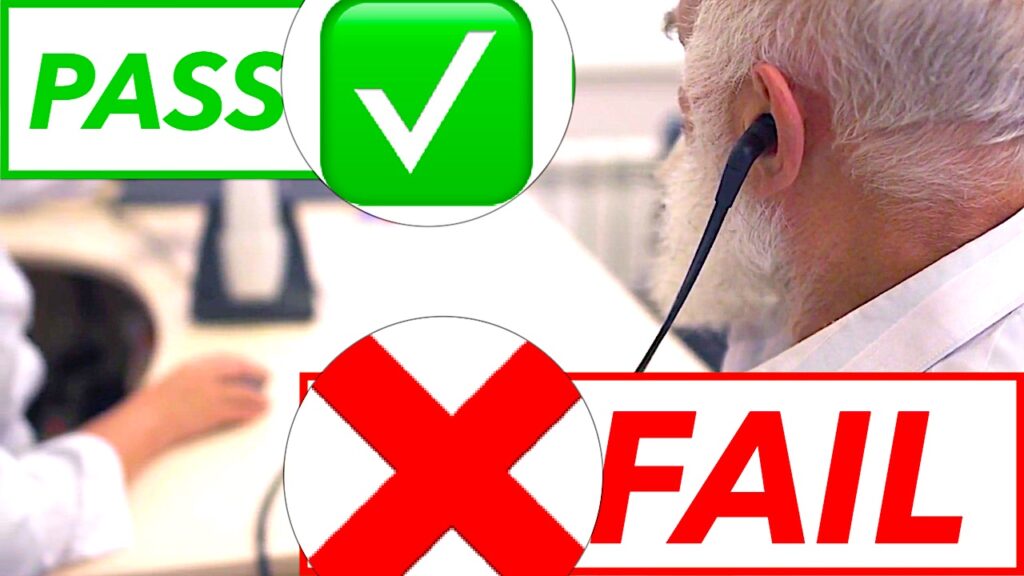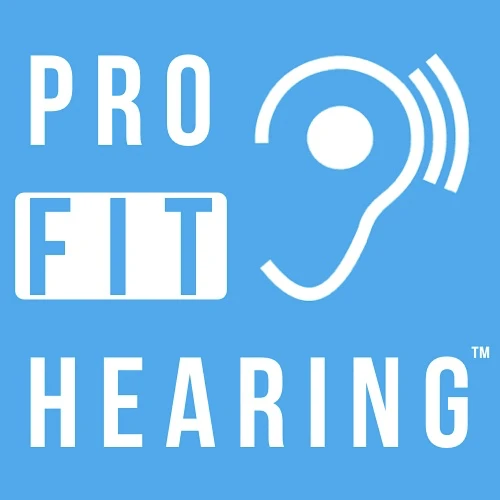Hearing Test aka Audiometry Test Basics

Hearing Test aka Audiometry Test Basics
Unlock your full hearing potential with a simple hearing test. Don’t miss out on another conversation and open your ears to all the sounds you didn’t know existed.
SUBSCRIBE to our YouTube channel for weekly videos!
Hi, I’m Dr. Derek – audiologist, audio engineer, and musician with ProFitHearing.com bringing you the best insight in today’s latest hearing aids, headphones, and audio technology to improve your life. If you have concerns about your hearing, always consult with your local physician or audiologist.
If you’re interested in hearing aids, check out my free eBook HERE.
A hearing test is a window into your inner ear’s hearing capability. The results will help your audiologist make recommendations that can improve your hearing and quality of life. It’s a small, first step that can make a huge difference in your life.
Your age doesn’t matter. Everyone can benefit from a hearing test. If you have any concerns about your hearing, don’t wait to schedule a hearing test with your local audiologist. Discover all the sounds that you may be missing.
Image yourself, resting in a comfortable chair within a quiet, sound proof booth. Your audiologist will look inside your ears to check for any earwax, examine your eardrums, and also look for any signs of ear infection. A test called tympanometry looks for any possible middle ear fluid or abnormal function of the bones within the ear. Also, you may hear loud sounds as part of an acoustic reflex test.
Your audiologist will place headphones on your ears and have you listen to a series of tones across different frequencies from low to high pitch. Each time you hear a tone you’ll be asked to raise your hand or push a button. Each of your responses are recorded and analyzed to determine your overall hearing profile.
In addition to listening and responding to soft sounds, your audiologist will have you repeat back words. The words will be presented at a soft volume and also a louder but comfortable volume. The word testing will determine how well you can understand words in a quiet environment.
After your hearing test, your audiologist will review the results with you to determine whether there’s hearing loss and if hearing aids are appropriate. The hearing test results are written on a graph called an audiogram.
Hearing aids are fine tuned to hearing loss. Many people experience hearing loss in the high pitched sounds, so the hearing aid can be adjusted to provide emphasis in this range. Hearing aid use can improve the clarity of words so that it’s easier to understand speech.
Hearing aid technology has also improved significantly. Devices can be hidden deep within your ear canal or rest behind the ear. You now have access to artificial technology sound processing, accessory devices like remotes/TV adapters/and wireless microphones, as well as direct Bluetooth connection to smartphones and tablets for audio streaming of music and phone calls.
What questions do you have about hearing tests? Let us know in the comments and consult with a local physician or audiologist if you have concerns about your hearing. If you’re interested in learning more about today’s latest hearing aid technology, go to https://www.youtube.com/profithearing and check out all the videos on our YouTube channel.
-Dr. Derek
